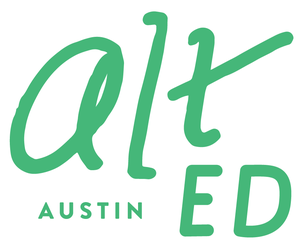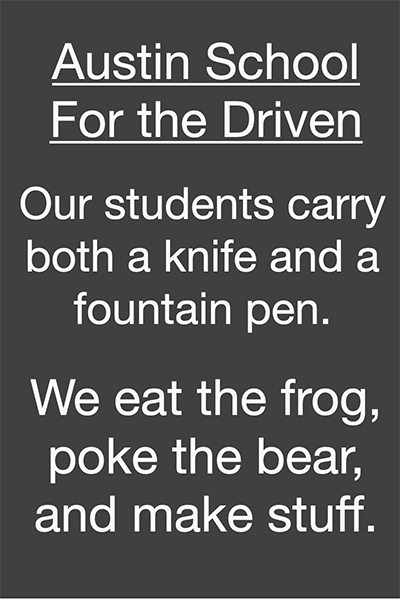Media Monday: Writers explore the transformation of America’s public schools
/We’re always so pleased when we can highlight a public school with an alt ed soul. Last week Dawn Johnson wrote about Cunningham Elementary as a visionary public school in South Austin on our blog, and it’s a terrific, inspiring read. Recognizing that public schools across the country are in a period of new challenges and changes, Slate magazine is featuring a five-part series, “Tomorrow’s Test,” right now that’s also a must-read. The series is produced in cooperation with the Columbia Journalism School’s Teacher Project.
The focus of the series is one that’s not news to anyone interested in education in Texas, California, or other parts of the country that have seen many new immigrants in the past couple of decades. Changing demographics have a wide range of consequences for our public schools. As writer Sarah Carr explains in the series introduction:
Over the last 20 years, the number of Hispanic public schoolchildren has more than doubled, and the number of Asians has swelled by 56 percent. The number of black students and American Indians grew far more modestly—but the number of white students fell by about 15 percent.
The majority-minority milestone has arrived in our public schools early—a consequence of white children’s overrepresentation in private schools and the relative youth of America’s black and Hispanic populations. It is not a fluke. It is a preview of a transforming country.
One of the things Carr points out that we may not think much about is the lack of diversity among our public school teachers and how that can sometimes affect their ability to connect with and mentor students of color and students from less affluent backgrounds. At a time when half our public school students are students of color, more than half are low-income, and almost a quarter are foreign-born or have a foreign-born parent, about 80 percent of our teachers are white.
This week, the Tomorrow’s Test series will visit 11 schools across the country, starting in Alaska and New Orleans. The articles will look at questions of diversity, immigration, segregation, and poverty, and will chronicle kids, families, and schools all looking for better education alternatives in this time of change.
Let us know if you’re reading the series and what you find inspiring, surprising, and relevant to our schools in Austin.
Shelley Sperry















